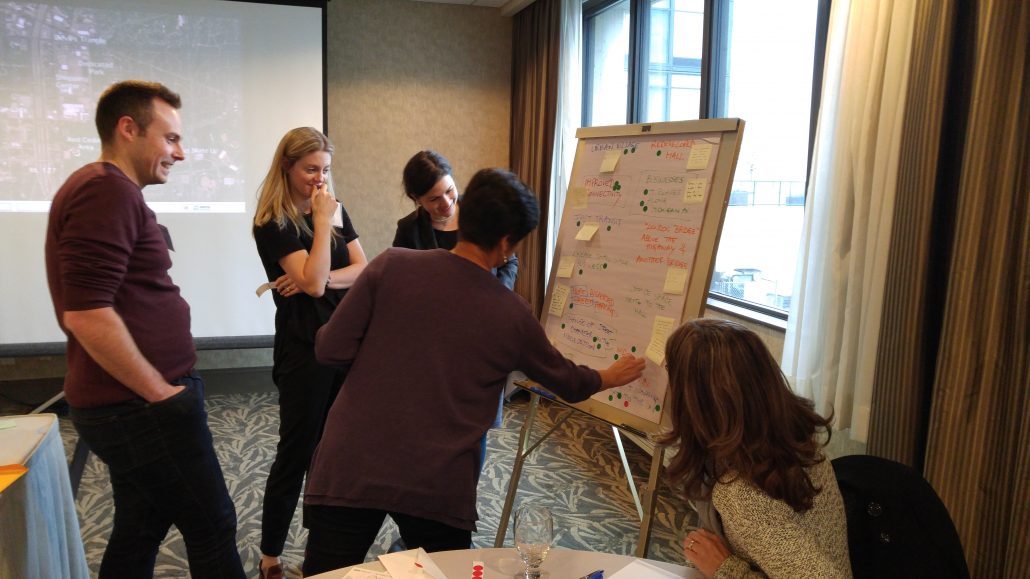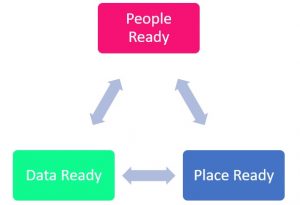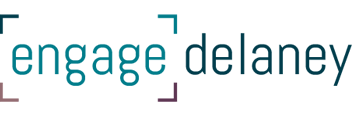NCI Charrette Blog Day 1: Getting Ready to Engage

The Vancouver D+A team is taking charrette training this week with the National Charrette Institute (NCI), and we’re blogging each day. Today, Jessica walks us through her biggest takeaways from Day 1.
A charrette is a place-based engagement technique that brings people together to build a shared and actionable plan or vision. The technique is often used in urban design, land use and other built-environment processes, but as our instructor Bill Lennertz shared, the charrette technique can also be applied to designing policies, strategic plans and shared-future visions.
Participants in the course come from a wide range of backgrounds, and we are all engaging around the NCI method and how to plan for a successful engagement. A key theme of Day 1 was preparation. Bill shared a typical budget allocation for a charrette process: 50% of the budget is in pre-charrette planning, 30% is for the charrette itself, and 20% for the post-charrette analysis and reporting.
Another key graphic and concept from today was around the things that need to be done to get ready; sounds easy, but there’s more to it. 
Surely it’s happened that either you, your boss, a project leader or elected official have said: This is a priority; we need to move! And so, we hustle for the engagement muscle and we start cranking out ads, an agenda, and information board content, all while booking venues and dialing up our internal and external resources… And then something bad happens. The event flops and no one shows up, or the masses come out and they are really angry, or entirely the wrong people show up (i.e. those not impacted) and then, just like that, we realize: It would have been better to have done nothing at all, than rush and get it wrong.
So, NCI, like the International Association for Public Participation (IAP2), has a strong focus on planning: asking the right questions at the right time, confirming internal commitment (are we all on the same page?), and talking more informally with stakeholders before going out with our engagement.
So, whether it’s planning a charrette, or really any engagement at all, ask yourself:
- Are my stakeholders ready, willing and able to engage?
- Do we have the information needed to support the engagement?
- Do we have the right physical space and supports to be productive and collaborative?
I’d like to suggest, based on some painful professional experiences and just watching bad process make the news, that the public is more likely to forgive a delayed process that is well thought out and skillfully planned, than a rushed one that is lacking in being people, data and place ready.
So breathe deeply, pause, and don’t get caught up in the rush to “do”. Be a leader and plan.



